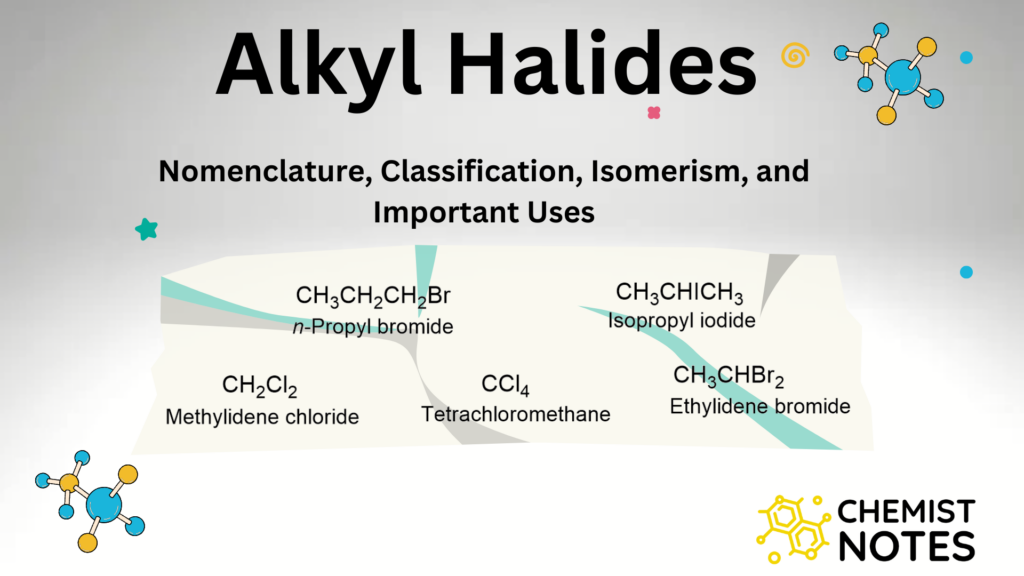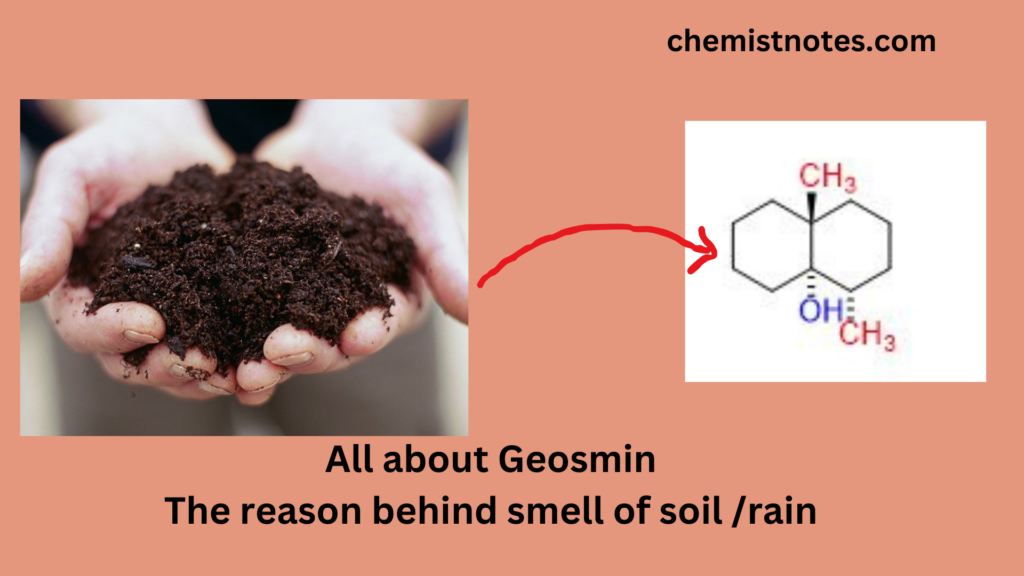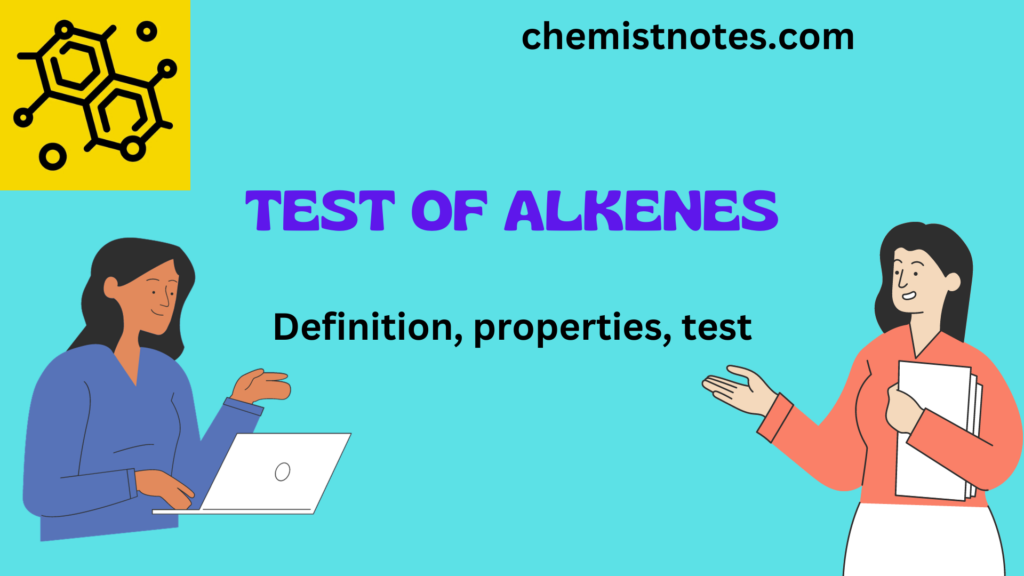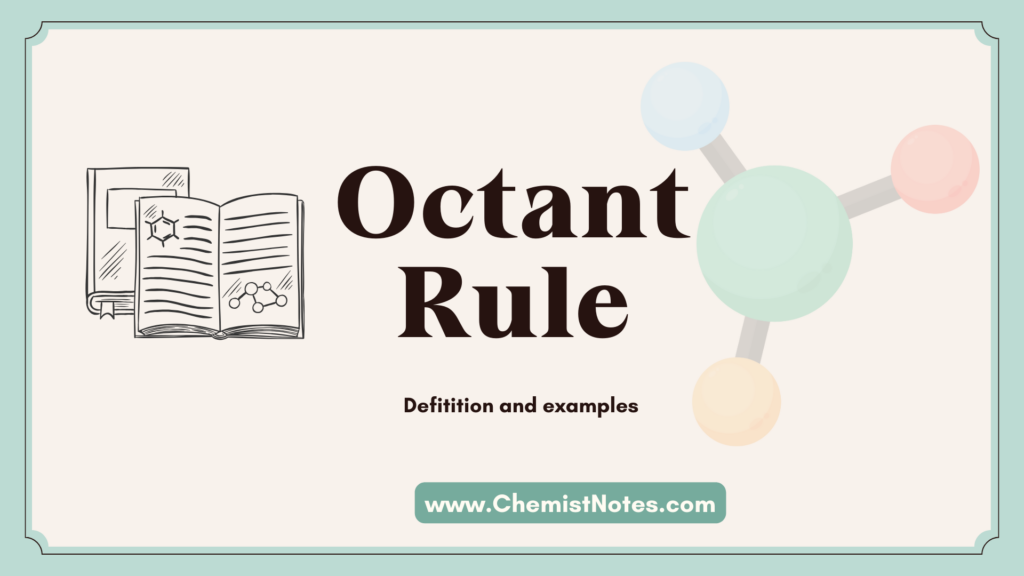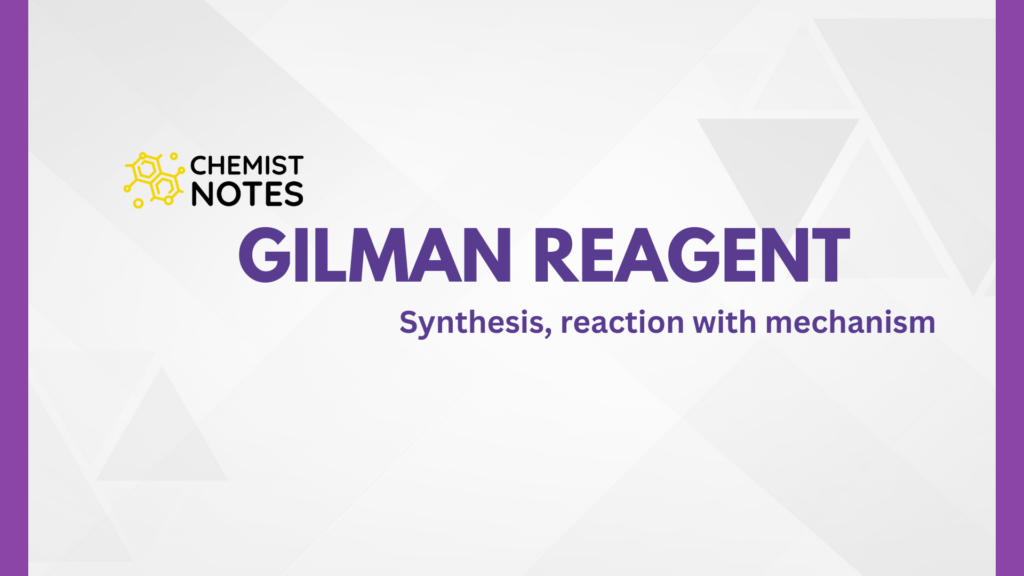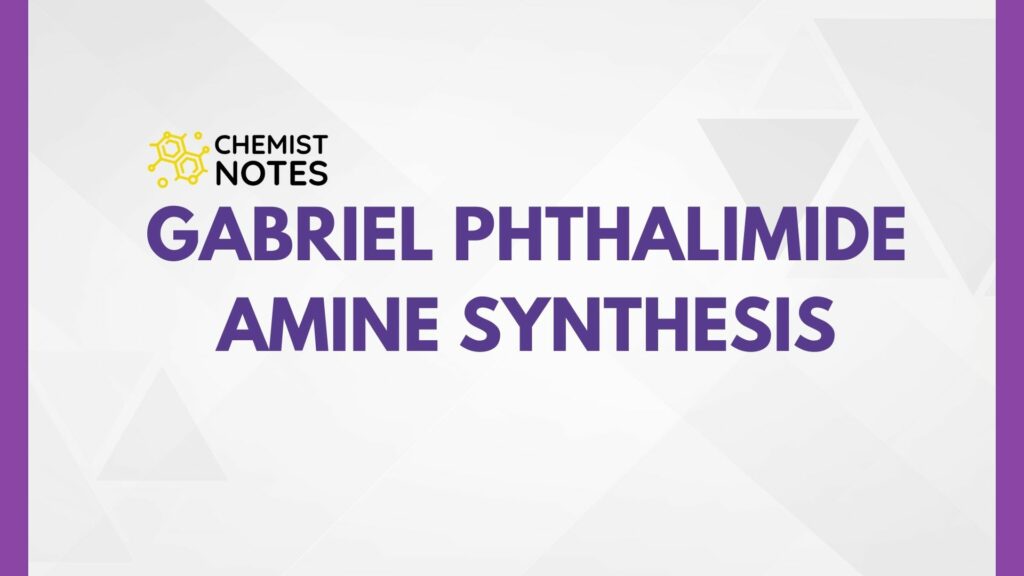Table of Contents
ToggleWhat is thin layer chromatography?
Thin layer chromatography is the form of adsorption chromatography that uses a thin layer of adsorbent on a glass plate for chromatographic separation. TLC is performed with a thin, uniform layer of silica gel or alumina coated on a piece of glass, metal, or rigid plastic.
After separation, each component will appear as vertically separated spots. each point has its own retention factor (Rf) expressed as follows:
Rf = Distance traveled by sample/distance traveled by the solvent
This technique is simple, rigid, the resolution is sharper, and requires a fewer amount of substances.
Mobile and Stationary phase in thin layer chromatography
The silica gel (or the alumina) is the stationary phase. The stationary phase for thin layer chromatography also often contains a substance that fluoresces in UV light. The mobile phase is a suitable liquid solvent or mixture of solvent.
Thin layer chromatography procedure / steps / lab reports
Thin-layer chromatography involves four steps:
- Preparation of the plate
- Application of sample
- Development of chromatogram
- Detection and identification of solute
Preparation of TLC plate:
TLC plates are prepared on microscope slides or large glass plates. Silica gel slurry is spread over the glass slide or plate uniformly. The plates are activated by drying and heating them in an air oven.
Application of sample:
The sample is dissolved in a suitable solvent and applied to the plate with the help of a microsyringe or capillary tube. The spot is kept as small as possible and on a line drawn by pencil at least 1.5 cm from the edge.
Development of chromatogram
The chromatogram is usually developed by ascending technique in which the plate is immersed in the developing solvent. Development is allowed until the solvent reaches the required distance and the plate is taken out from the beaker and then dried.
Detection and Identification of solute
The position of the solute is marked and distance is measured from the line of the origin.
Difference between thin layer and paper chromatography
| paper chromatography | Thin layer chromatography |
| The principle of paper chromatography is based on partition. paper chromatography requires less preparation time. Stationary phase of paper chromatography is cellulose filter paper. Corrosive reagent can destroy the paper. You can see different spots under the UV-lamp in the thin-layer chromatography | The principle of TLC is based on adsorption. paper chromatography. Thin layer chromatography requires more preparation time. Stationary phase of TLC is the glass plates coated with silica gel. Corrosive reagents can be used in TLC. The spots cannot be seen using the paper chromatography technique under UV-light. |
Application of thin layer chromatography
- Thin layer chromatography can be used to monitor the progress of a reaction,
- Identify compounds present in a given mixture,
- And determine the purity of a substance.
What is thin layer chromatography?
Thin layer chromatography is the form of adsorption chromatography that uses a thin layer of adsorbent on a glass plate for chromatographic separation.
What is thin layer chromatography used for?
Thin layer chromatography can be used to monitor the progress of a reaction, identify compounds present in given mixture and determine the purity of a substance.
Who discovered thin layer chromatography?
The discovery of thin-layer chromatography (TLC) is attributed to Izmailov and Shraiber.

